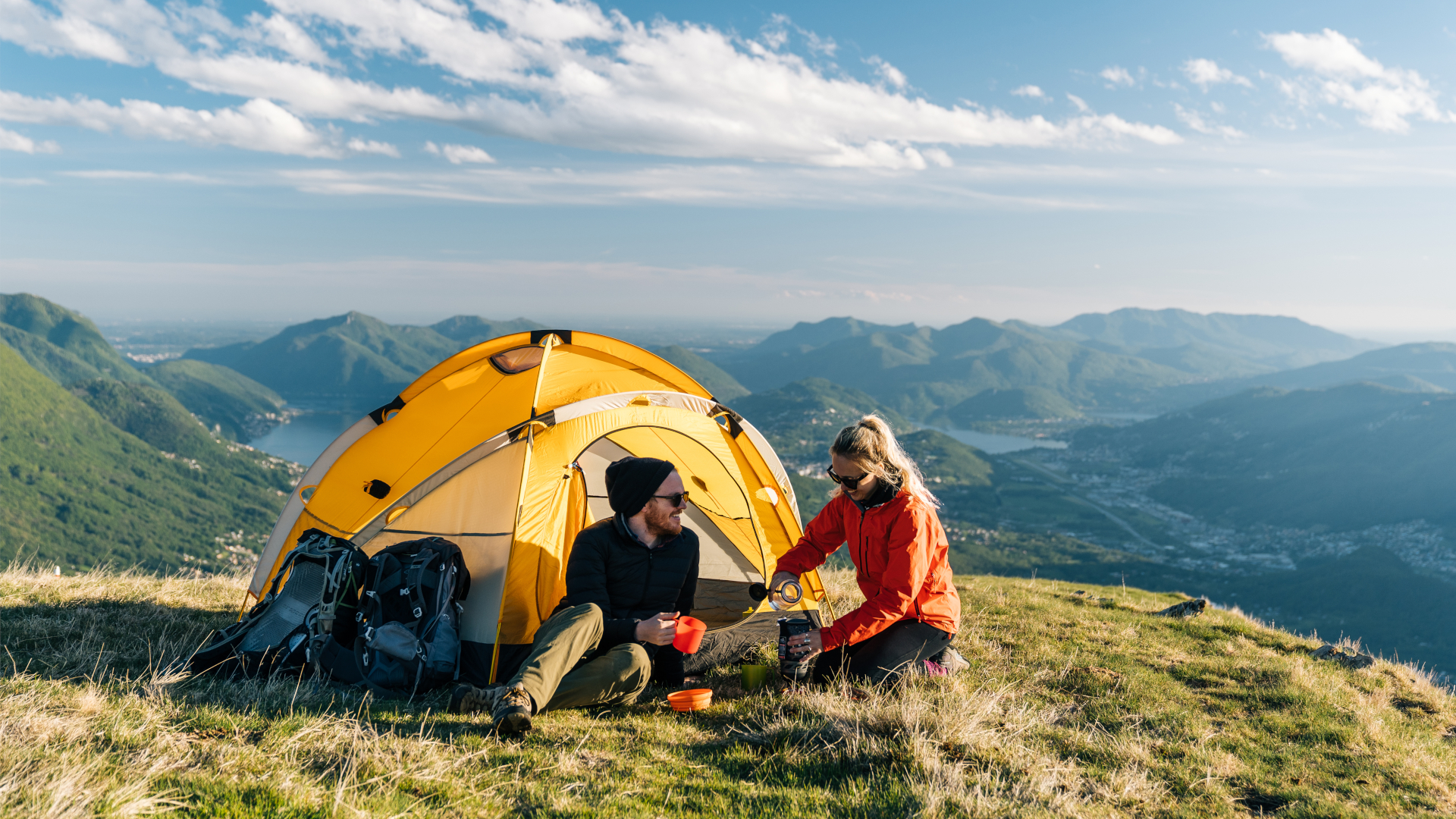
The right tent can be one of the most important pieces of kit in your gear arsenal. It will keep you safe when the weather turns, provide a comfortable space to spend the night and transform the great outdoors into your own adventure playground, allowing you to camp in the most picturesque places imaginable.
When you’re in the market for a new tent, however, you’ll quickly see that good shelters from big-name brands can cost hundreds or even thousands of dollars. Depending on the level of protection you require, the seasons you intend using it in and the size and weight you're willing to carry, the price range of tents can vary wildly. So, when it comes to tents, do you always get what you pay for? Or can you rely on a budget tent just as well?
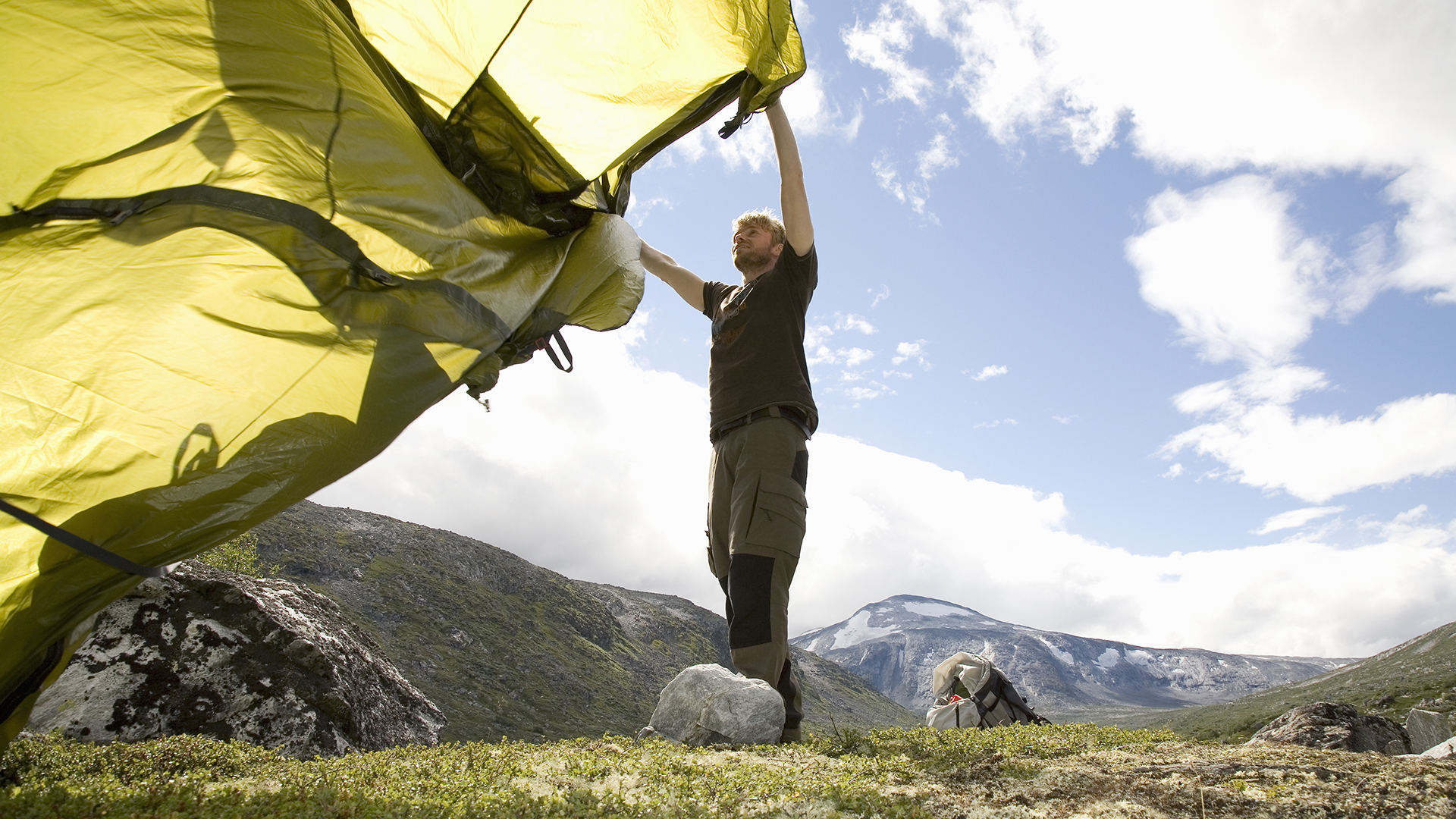
What makes tents so expensive?
Numerous things dictate how expensive (or cheap) any given tent is, though price does tend to be dominated by the three key factors of weight, packability and durability. If you want a tent that delivers on all three, then you’re going to have to shell out the big bucks. But if just one of those characteristics is less important to you, you’ll quickly see that you can shave hundreds off your price tag by concentrating on the other two.
The reason for this disparity inevitably comes down to the materials used in production. Creating a flysheet that will keep you dry and shielded from the wind while still being packable enough that you can comfortably carry it over distance is no easy feat. Combine that with the fact that you also need pegs, poles and some sort of inner and you’ve got a surprising amount of innovative tech behind the best-performing (and highest-priced) options.
Regarding materials specifically, for most mass-market products, you’ve usually got three options: polyester, nylon or Dyneema Composite Fabric (DCF, previously known as Cuban Fiber). Which you go for will almost certainly be decided by price, with polyester being on the lower end (in general), nylon tents occupying the mid-range of the market, and DCF shelters sitting firmly at the top, costing several hundreds of dollars for even the smallest tents. This is ultimately down to the manufacturing process of the materials themselves, as well as the availability of skilled manpower to work with your chosen fabric.
In the field, the main differences between the fabrics are weight and packability, with polyester being the heaviest and least packable (generally speaking) and DCF being the lightest and most packable. But the debate isn’t over with that sweeping generalization. When used out on summit camps, thru-hikes and backcountry escapades, each fabric's unique advantages and disadvantages come into play.
For example, nylon – while being lightweight, packable and wonderfully durable – stretches when it gets wet. This means that even if you get a drumskin-tight pitch before you go to bed, a bit of light rain will inevitably mean your tent is flappy by the morning. And although DCF flysheets are even lighter and easier to carry over big distances – as well as not stretching like nylon – the material is significantly less durable. This means you’ll likely have to replace it after a few seasons due to wear and tear. So even though both might save you quite a few ounces when compared to a budget polyester model, when the clouds roll in and the heavens open, you might be better off in a £200 full polyester Robens Starlight 1 than in a £500 DCF Zpacks Plex Solo.
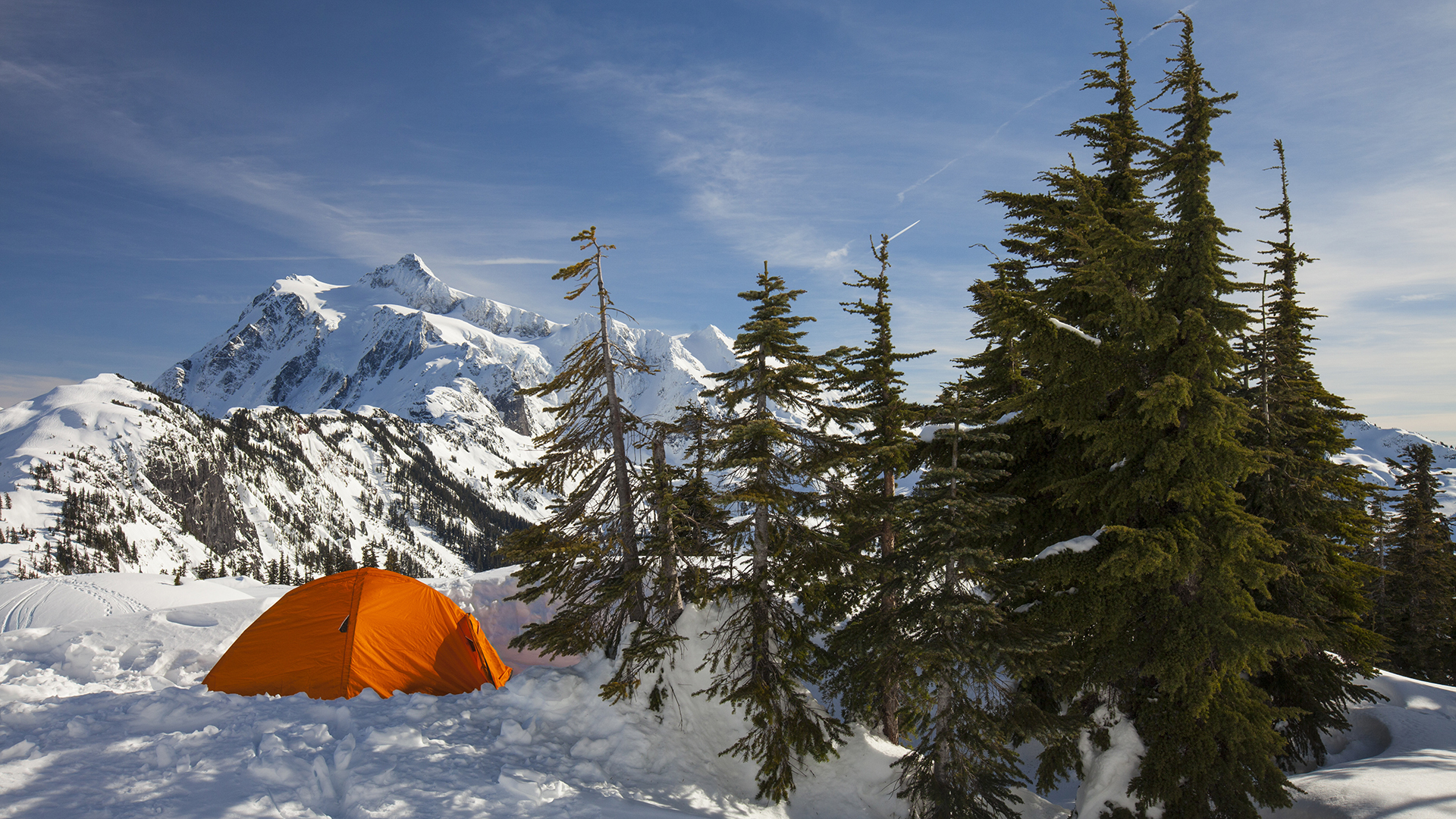
Do you even need an expensive tent?
Whether you even need an expensive tent for your activities is a difficult question to answer, as it truly depends on what activities you’re participating in. If you’re planning on spending the night at Camp 3 on Everest ready for a summit push in the morning, then you’re almost certainly going to want something that doesn’t consist of the cheapest and most basic technology. A $50 budget shelter from Aldi is obviously not going to cut it, for example. But if you’re heading out on a backcountry adventure in pleasant summer conditions, camping somewhere flat near to the car where wind is at a minimum and rain isn’t forecast, then a bargain basket shelter might be all you need. It all depends on how far you’re going to carry your tent (and how much weight you can comfortably haul with you), where you’re going to pitch it, and at what times of the year. But also consider the impact your chosen purchase will have on the environment: if you buy cheap, it may only last a season or two. This might be more than enough for you, but if you’re a keen camper who will get multiple year-round uses out of a tent, it would be kinder on both the environment and your wallet to buy something that you won’t need to replace at the first sign of trouble.
Another consideration is the ‘season number’ attributed to specific models of tent. Three-season tents, designed for use in spring, summer and fall conditions, tend to be less adept at staving off stormy winds and don’t come with things like snow skirts for camping in super wintery conditions. Four-season tents, on the other hand, are much more capable of withstanding heavy wind, driving rain, and many pounds of snow load. The downside, of course, is that they tend to be heavier, larger and more expensive as a result. So, when buying a tent, only spend money on the things you need. Don’t intend on camping under several inches of snow? Then don’t splash out on a structure that is built for that.
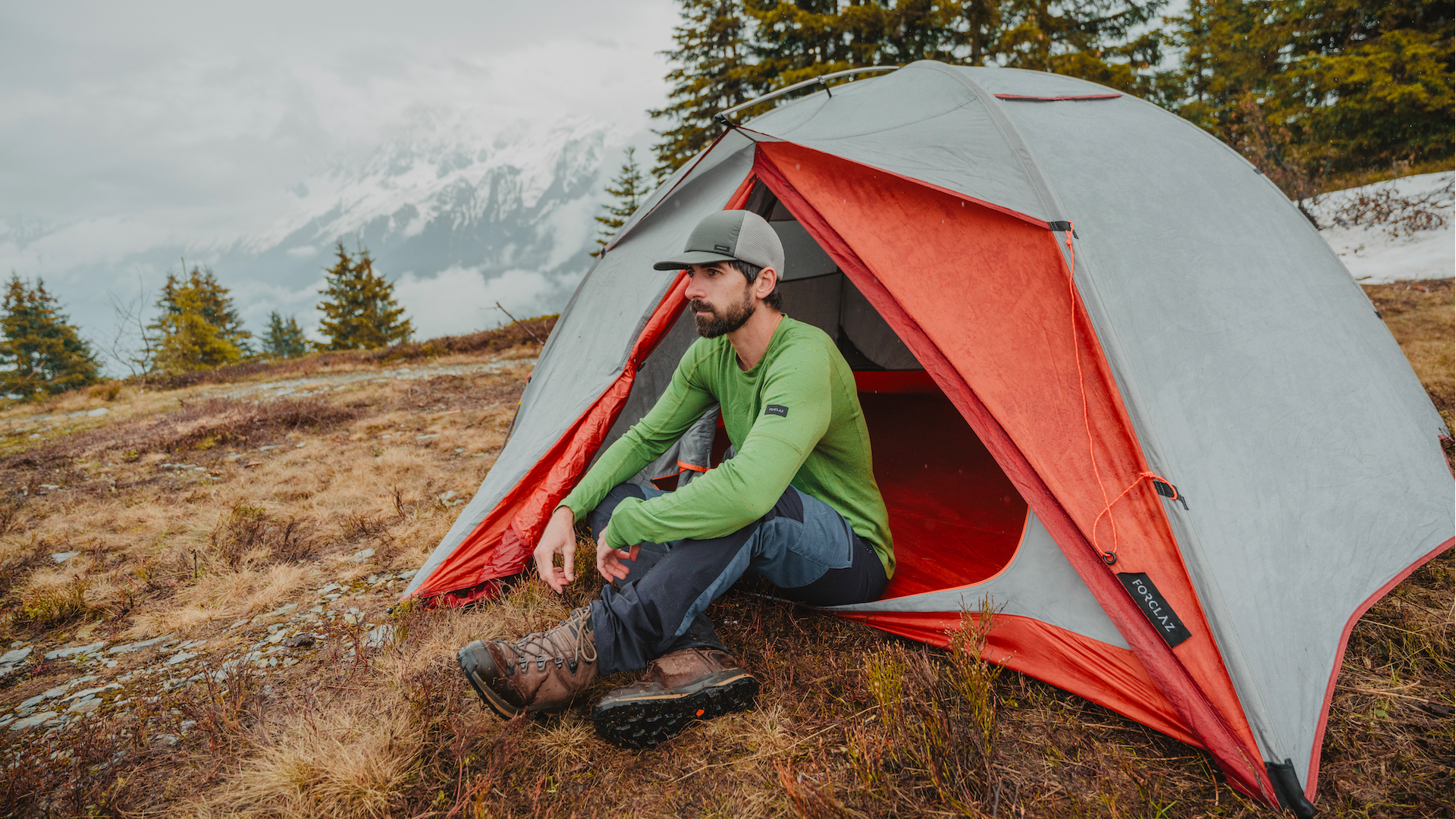
Which brands can you recommend for budget tents?
When shopping for budget tents, a great place to start in my opinion is Decathlon. With a huge array of products for numerous types of adventures, activities and demands, you can tailor your budget depending on your needs and find a shelter that best suits you. Take the Forclaz MT500 2-Man Trekking Dome Tent, for example. This shelter retails at £119.99 when bought directly from Decathlon, yet it performs so well in a variety of conditions that you could easily be convinced that it should be priced in the £200-£300 range. I even tested this tent on an exposed hilltop on Dartmoor National Park in temperatures down to -13°C / 8.6°F and left the next morning feeling incredibly impressed by what this tent can do – irrespective of its super low price. If you’re looking for something lighter and more packable, the Forclaz MT900 Minimal Editions is a fantastic choice at £129.99: It weighs 920g / 2lb, packs down to the size of a Subway sandwich (albeit a big one) and is impressively easy to pitch for a trekking pole tent. Finally, if you’re on a strict budget, Decathlon even offers very budget models, such as the Quechua MH100 Fresh&Black, which I tested on top of a blustery mountaintop towards the end of fall 2022. Designed for campsite campers and less-adventurous escapades, these models could be all you need depending on your plans – you’re just not going to want to camp at elevation in inclement weather in them, as I learned the hard way.
If you’d prefer to look elsewhere, one of my favorite tents of all time is the Robens Starlight 1, an ultra-strong and durable one-person backpacking tent that comes in at a touch over £200. Alternatively, being regularly on sale for less than £100, Mountain Warehouse’s Backpacker tent is also worth a look. If this isn’t currently on sale, however, I think you’ll get a better-designed tent for the same price from Decathlon.
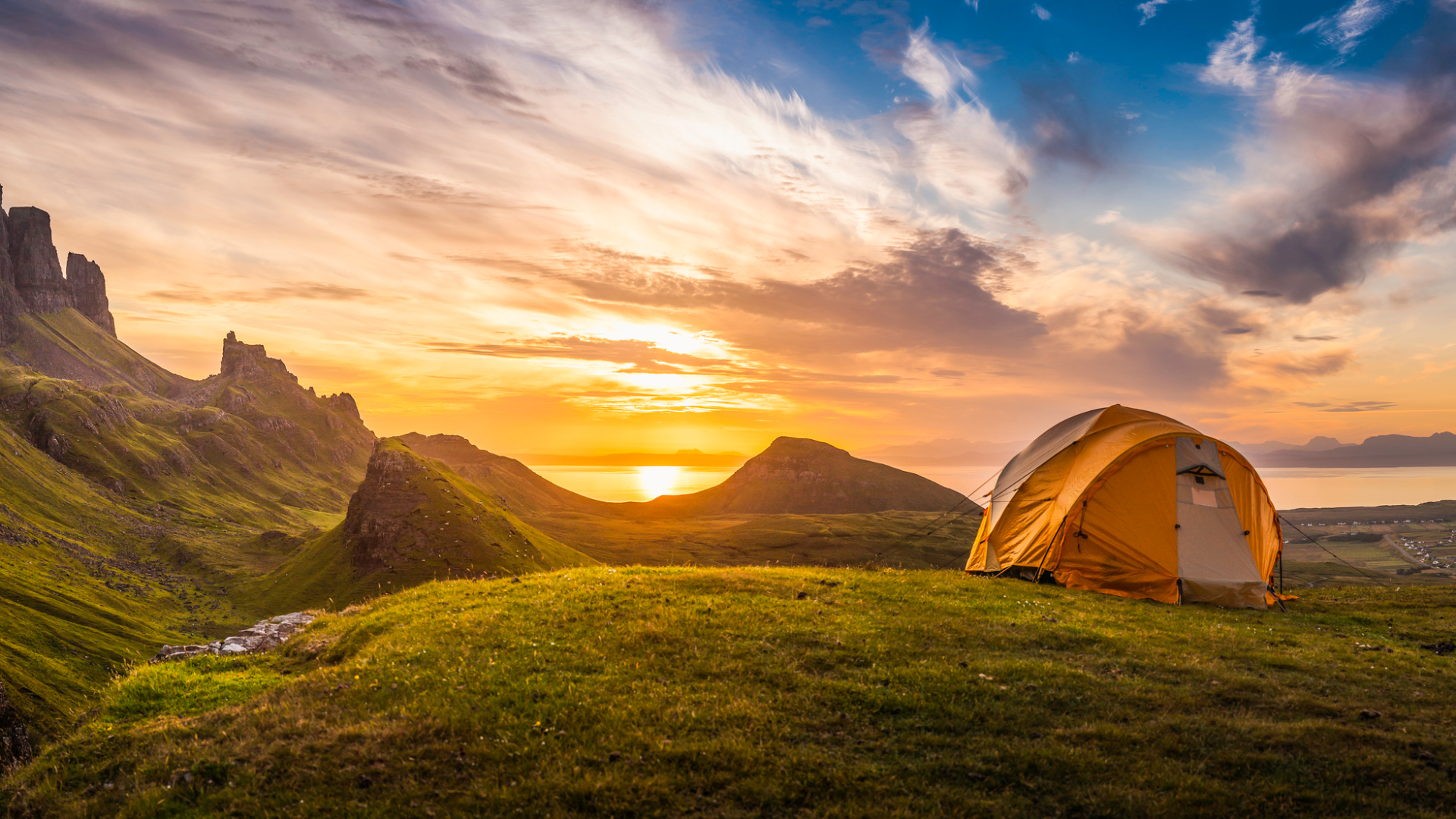
So, is it worth buying a budget tent?
In the world of tents, more expensive doesn’t always mean better. Expensive generally will mean lighter, more packable or more robust, but depending on your adventures, those characteristics might not be that important to you. If you’re campsite camping or pitching somewhere removed from the harshest weather, then it is absolutely worth looking into buying a budget tent. If you’re looking at heading into the Arctic tundra in February, or you want a super lightweight shelter that you can pop up on an Alpine crag during a rapid ascent, then maybe you should prioritize safety, durability and reliability over price.
So if your adventures allow it, do take a look at the likes of Decathlon, Mountain Warehouse, GoOutdoors or similar. Oh, and keep an eye out for sales, especially towards the end of the main outdoor season, which in the UK is from the end of September through to December. Then, before you purchase, just think about exactly what you’re going to be doing with your tent; if you intend on using it on a multi-day trek or a thru-hike, you might want to spend a tiny bit more to shave the weight down. Trust me, your shoulder, back and hips will thank you for doing so when hauling it across open country for hours at a time. But if you don’t want to spend too much, a tent made with mid-range tech offering mid-range specs will keep you safe and comfortable in the vast majority of situations, while empowering you to visit some spectacular places in the backcountry. And at the end of the day, that’s what counts.
- The best sleeping bags: our top recommendations for a comfy night







